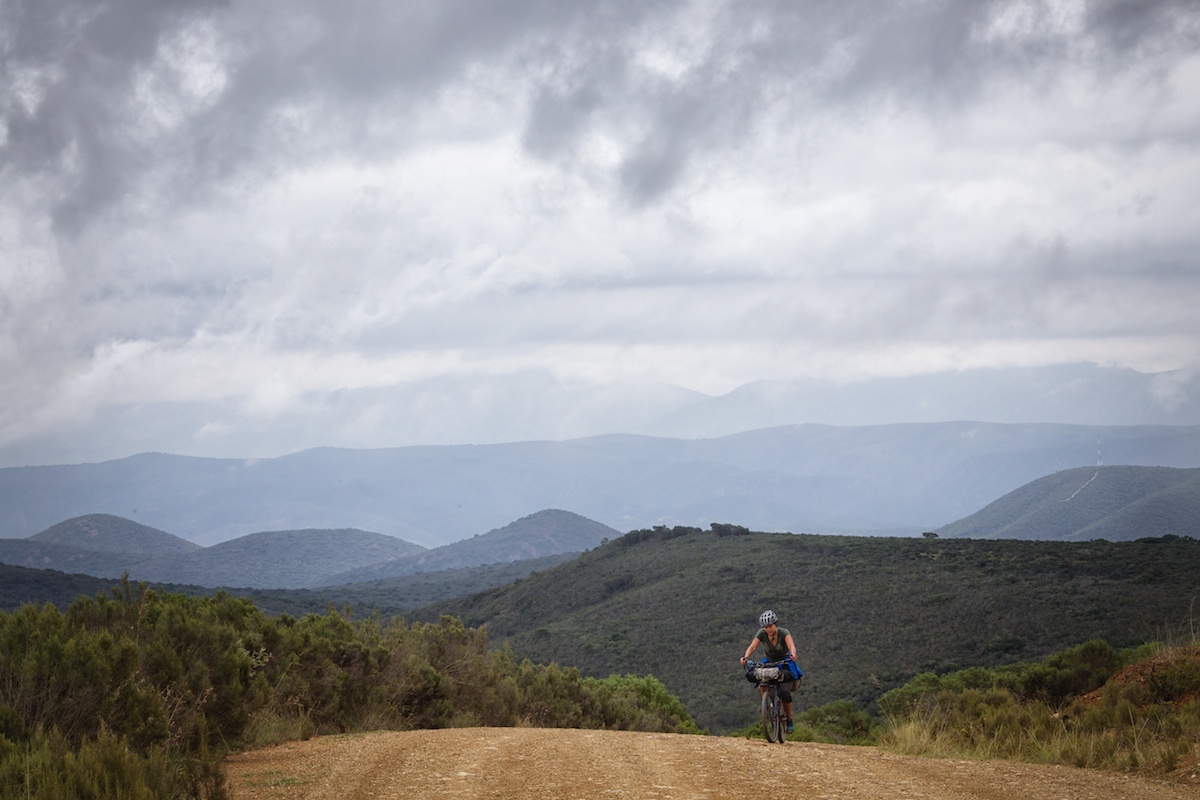What makes a ride ‘Epic’?
We started the ride expecting a 30+ mile blast through the Pisgah Ranger District. A route we put together that encompasses 3 of the baddest downhills Pisgah has to offer. It was going to be epic…
In fact, Dustin, one of five riders in our party, had previously mentioned that in order for a ride to be epic, it technically had to be at least 30 miles. Unsure of where that came from, I just nodded my head and said, “This will definitely be over 30.” Unfortunately, factors kicked in that would eventually render our ride under 24 miles for the day. Cold torrential rain caused us to ride through what literally seemed like creeks instead of trails, and on top of that I had my back brake fail. So we grinded out some very hard miles only hoping to make it back to camp before somebody dropped dead from exposure. In the end, we were forced to miss two of those fantastic downhills and do a 1,200 feet deflating descent down a gravel road (Clawhammer Rd., for those familiar with Pisgah). Once we finished, Amy exclaimed, ‘I don’t care if that was under 30 miles, that was [blank]ing epic!’
That conversation, and that ride, started me thinking about what makes a ride epic. It’s a term most mountain bikers have thrown around, sometimes loosely and sometimes referring to a special IMBA designated ride. The IMBA (International Mountain Biking Association) certainly holds this term in high regard, only having granted it to 50 mind-blowing rides in the US and Canada. They define Epics as their own class of bucket list worthy ‘model trails’, for which they actually have a registered trademark on the term. How do they choose Epics? I’m not savvy to the gritty details of their selection process, but after some research I found that most of their Epics run anywhere from 20-80 miles, take 3-8 hours and usually involve a fair amount of elevation gain. The IMBA allows registered members to nominate Epic rides through an online form with fields such as ride length and ‘what makes this ride special?’. Of course they also ask specifics about the land management and IMBA chapter affiliations. At any rate, you can pretty much hang your hat on the fact that the Epics that they choose are going to kick your ass and be damn fun at the same time.
So in order to maintain some level of sacredness with the term, what does a ride have to entail in order to be described as an epic? Broken bikes, broken bodies, a massive distance, huge ascents, technical insanity, getting lost in the middle of nowhere, getting back in the middle of the night, having an encounter with a bear? In my opinion, to be epic, the ride may need to tick several of those boxes, but there are also some standards that have to be met:
1. The trail(s) have to be special.
You can ride 60 miles on some decent, flowey single track… and it may certainly be 5 or 6 hours of fun, but was it epic? Make that the whole 34 miles at Kerr Scott in Wilkesboro and that’s not only a nice achievement, but also a ride through some of the best designed bermed trails in the Southeast. Fairly epic. NOTE: this one is actually an IMBA Epic.
2. The ride has to be long.
I think the epics represented by the IMBA are a pretty good point of reference. 20 miles in the Pisgah Ranger district is certainly more difficult than 60 on more forgiving terrain. But an epic ride certainly needs to take some time. The better part of a day, in fact.
3. You need to be out there.
You could go rack up a century at a local municipal trail, but I don’t think ripping up a bunch of stacked single track really feels epic. One of the things I personally love about mountain biking is that some of the coolest rides are very much in the woods and allow you to get away from almost everything. There is also something to the fact that the backcountry puts you in another level of danger, and in turn heightens the experience. Sure, you could break a leg at your local after work trail, but you would probably get found and you’re not too far away from help. But when you have to drive 20 miles out on national forest road just to access the trailhead, that’s adventure that makes you focus.
4. Last but certainly not least the ride needs to have some stories told about it after the fact.
So going back to our ride in Pisgah. I would say that even though it may not have been the best ride, it still checked a few boxes and in fact was probably a ride that will generate some retellings of a few good stories — such as a certain individual who decided to take more than one dive into various mud bogs.
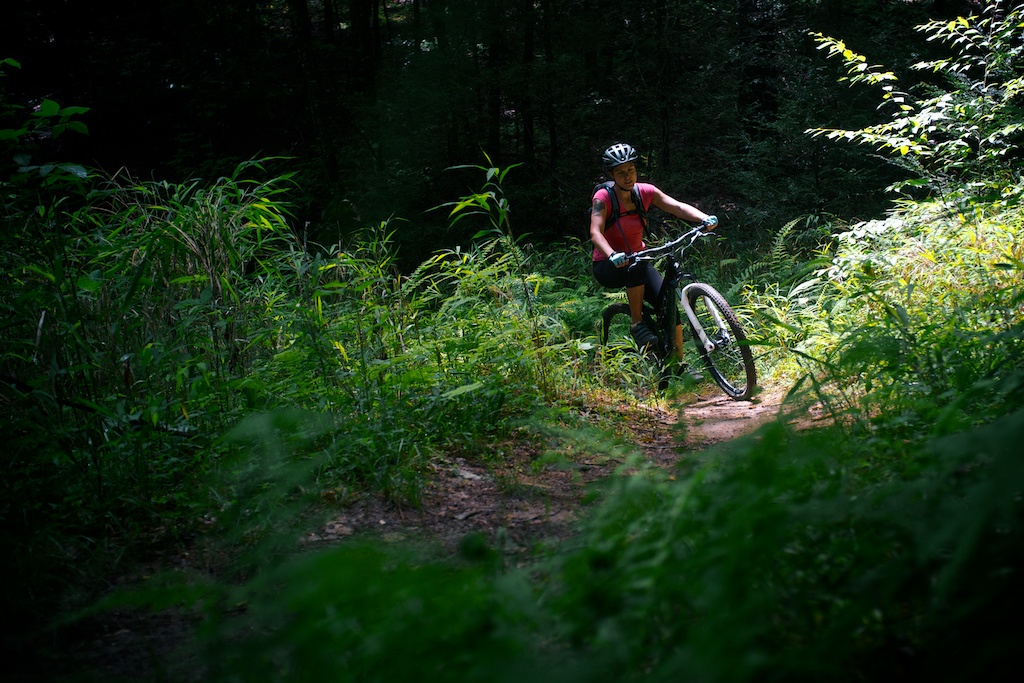
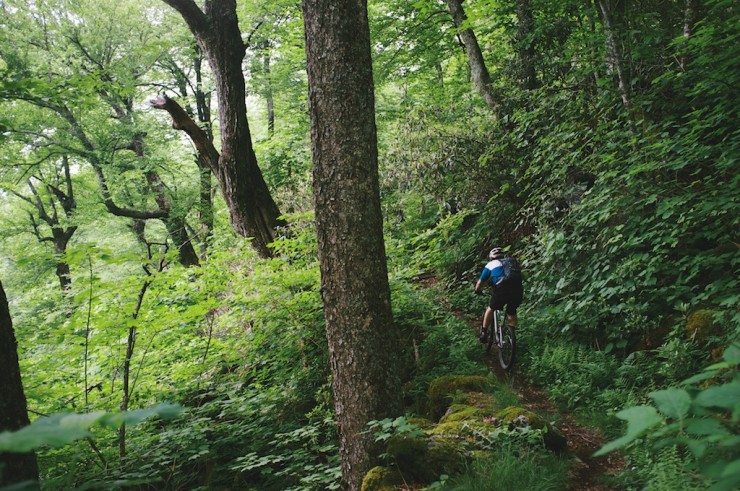
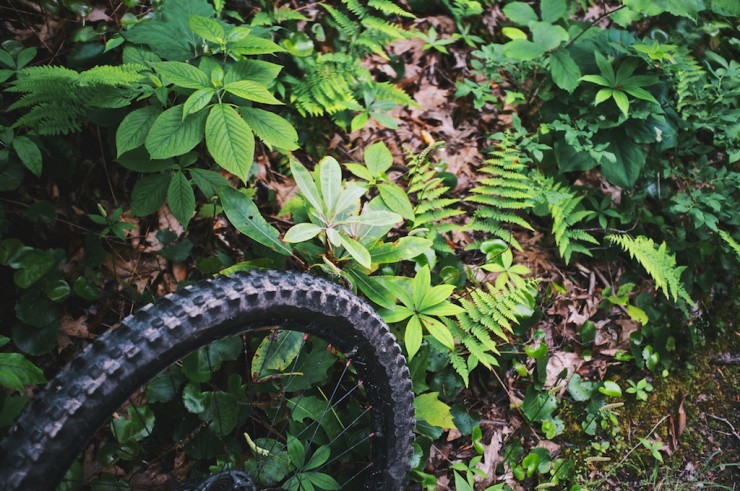
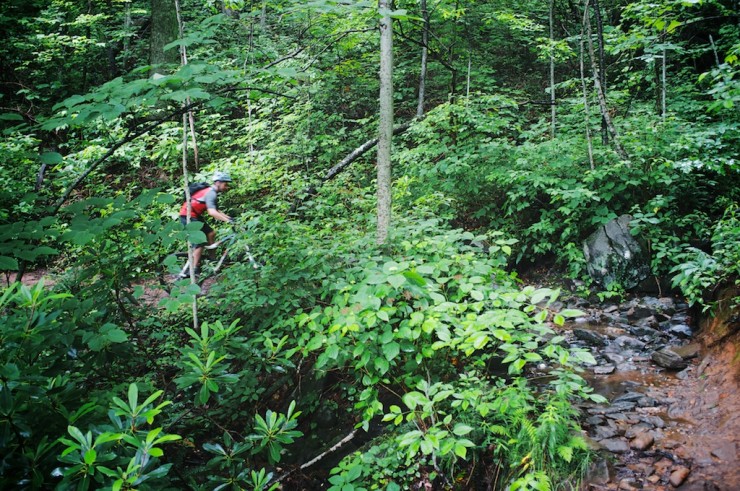
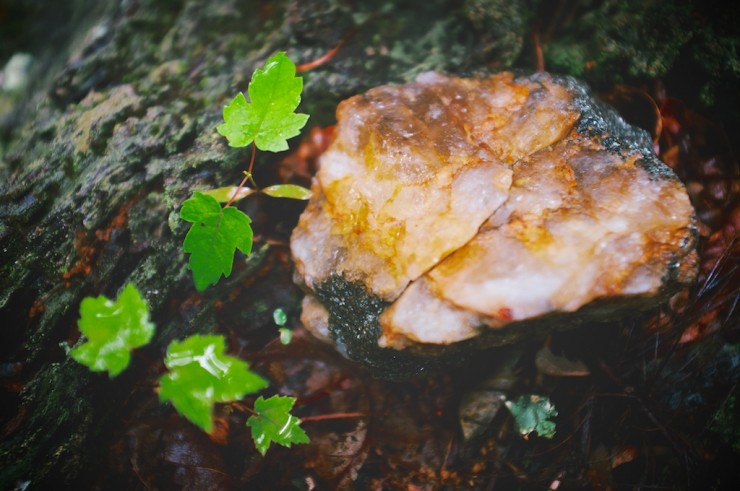

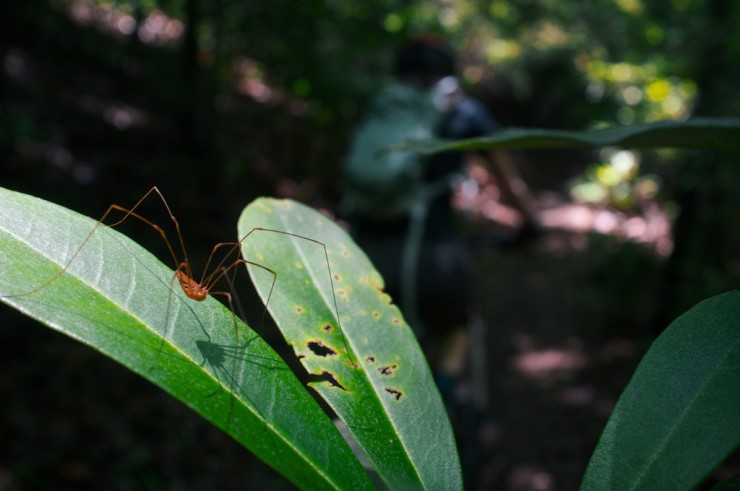
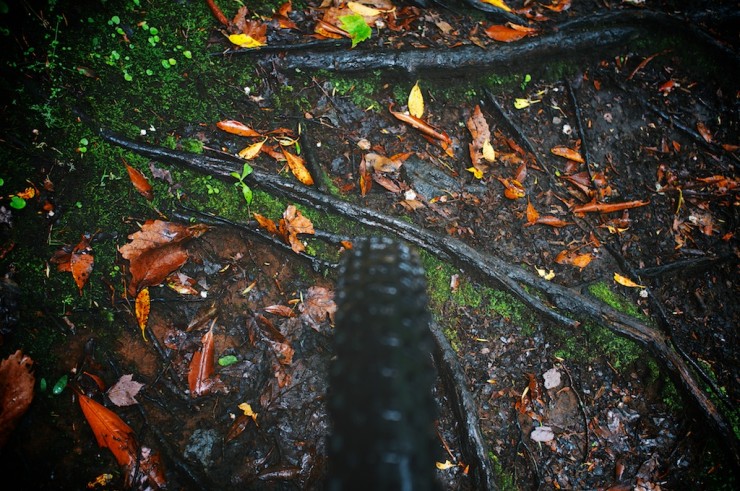


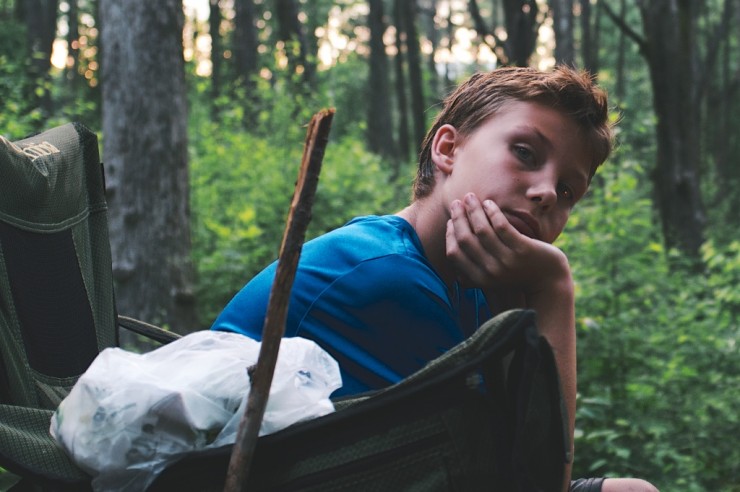
Please keep the conversation civil, constructive, and inclusive, or your comment will be removed.






